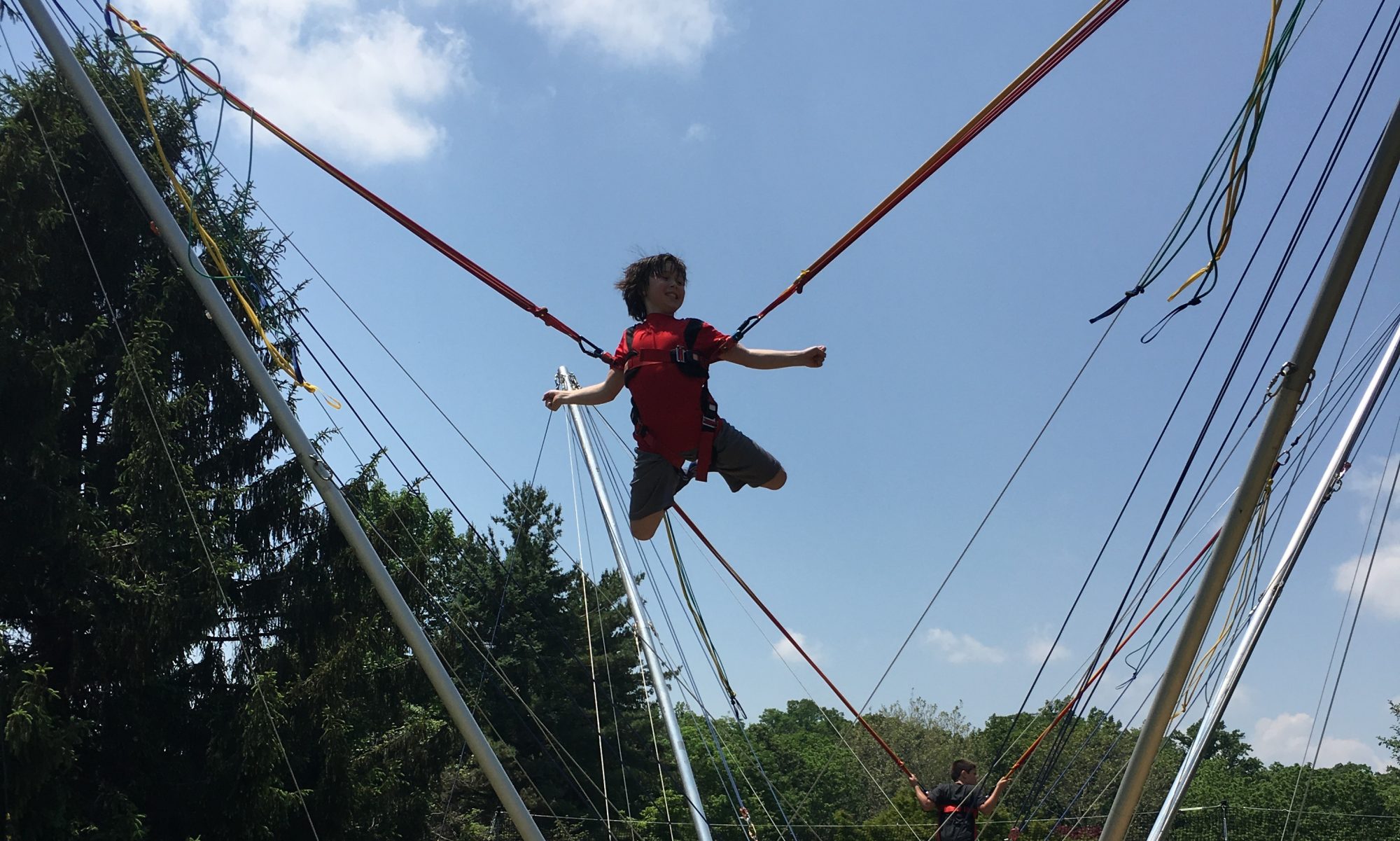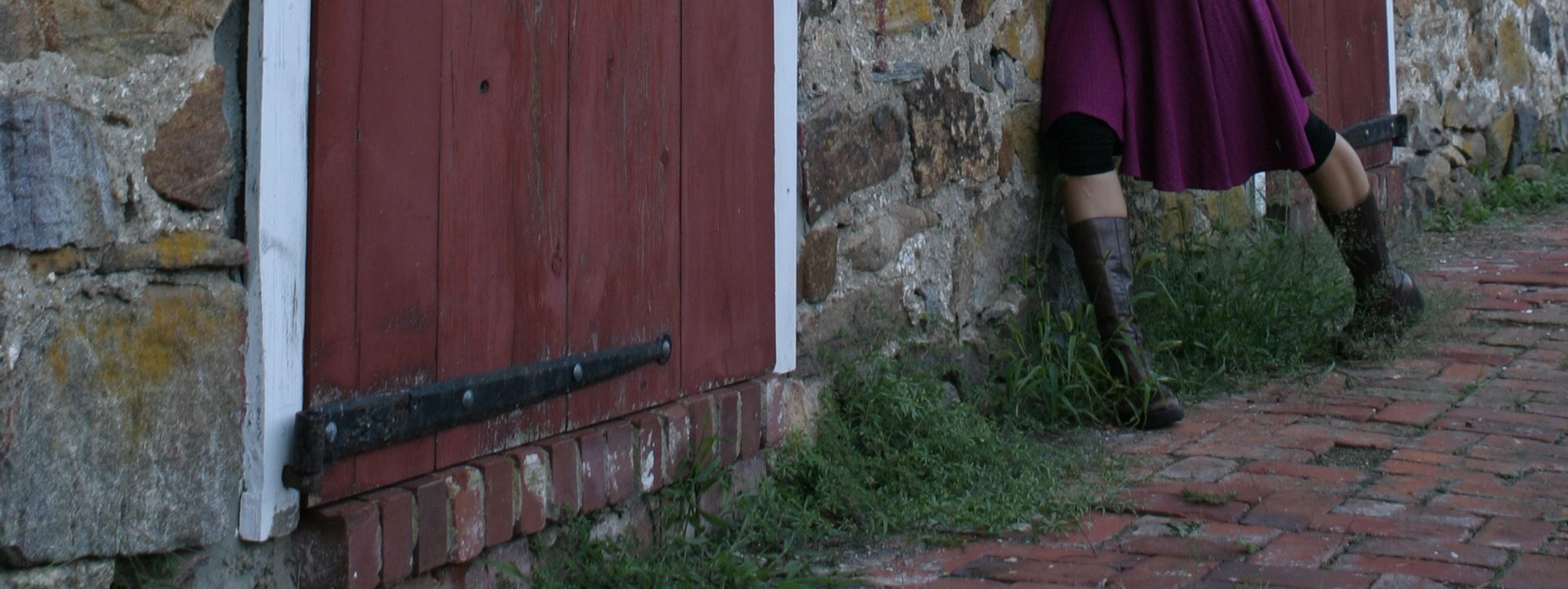The first body I remember having is a gymnast’s body. I made team at 6 years old and competed up through high school with practice 6 days, 25 hours/week. A body often covered with bruises, rips, and calluses, being a gymnast is the closest I will ever come to flying, and I had fierce sense of my physicality.
When I switched to dancing in college, those learned patterns of overworking, gripping, muscling, and hyper-flexing not only interfered with my technical training, but resulted in my being injured all-the-time.
In graduate school, luck shined on me in four ways.
- There was an Alexander Technique Training course less than a mile away from the university where I could achieve my teacher training while also pursuing my MFA.
- The master teachers of this school, Joan and Alex Murray, were the ones to pioneer and integrate the work of the anthropologist Raymond Dart and the developmental movement principles he laid out into the Alexander work.
- Joan, a former professional dancer (who performed in London’s Covenant Gardens!!) was pivotal in translating and making connections between the aesthetic form of classical technique and AT.
- And finally, Joan and Alex’s insight into dance and the AT technique informed the philosophy and teaching methods of three of my dance faculty members, also certified under Joan and Alex, and thus my understanding, training, and teaching philosophy.
After my AT Certification my body story changed from being injured almost all the time, to very rarely.
As a dancer, I’ve also been exposed to many other somatic practices and philosophies, most notably Bartenieff Fundamentals, experiential anatomy, release technique, and postmodern dance practices.

